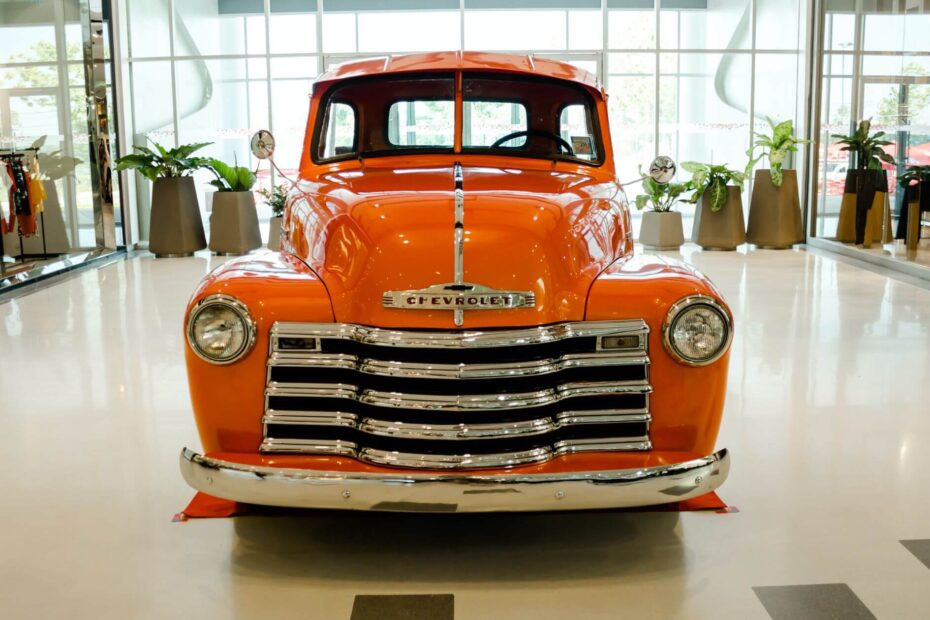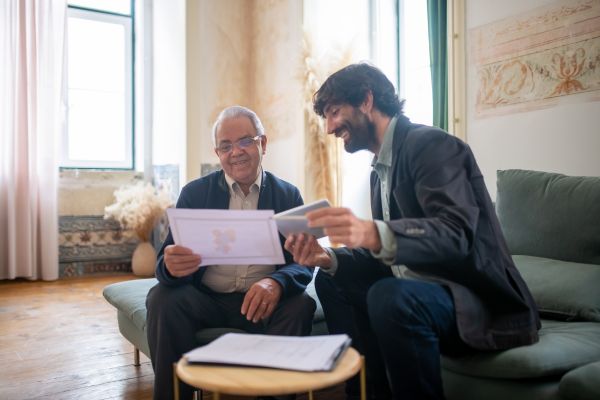What Does Third Party Insurance Cover Theory in 2024
What is the Coverage Theory of Third-Party Insurance? Third-party insurance operates on the principle of liability coverage, where the insured party is protected from financial losses arising from third-party claims. The first party remains accountable for their own damages or losses, regardless of the cause. Auto insurance is a common example of third-party insurance, providing coverage for claims stemming from incidents caused by motorists not covered by the policy.
Definition of Third Party Insurance:
Third-party insurance is a policy that shields the insured party from financial liabilities resulting from claims made by third parties, who are distinct from both the insured and the insurance company. Often associated with liability insurance, this coverage safeguards the policyholder against the legal and financial repercussions of third-party actions.
Types of Third-Party Liability Coverage in Auto Insurance:
Bodily Injury Liability:
- This aspect of third-party insurance addresses expenses arising from injuries sustained by individuals due to an accident caused by the insured party. Coverage includes medical bills, rehabilitation costs, and compensation for pain and suffering endured by the injured party.
Property Damage Liability:
- Third-party insurance also covers property damage resulting from incidents involving the insured party. This encompasses damage to vehicles, structures, or other property owned by third parties. The policy facilitates repair or replacement costs, alleviating the financial burden on the insured.
Legal Expenses Coverage:
- In addition to bodily injury and property damage, third-party insurance often includes coverage for legal expenses. This ensures that the insured party is financially supported in the event of legal proceedings stemming from covered incidents. The insurance company typically manages legal representation and associated costs on behalf of the policyholder.
How does third-party insurance work?
In the event of an accident, the insurance provider offers financial assistance to cover the expenses related to repairing third-party property, thereby alleviating the financial burden on the policyholder. Following an accident, it is imperative for the insured individual to promptly inform the insurance company before initiating a claim process. Upon filing a claim, the insurance company assigns a surveyor to assess the damages and verify the estimated cost of repairs. Once the verification process is concluded, the insurance company proceeds to settle the claim accordingly.
Importance of Third-Party Insurance
What Does Third Party Insurance Cover Theory?
- Third-party insurance is a legal necessity. As a result, obtaining third-party coverage allows the policyholder to meet his or her legal obligations.
While it may seem like a basic coverage option, third-party insurance offers policyholders peace of mind by providing adequate financial protection in the event of an accident. This type of insurance shields the policyholder’s finances from unintended risks. Understanding the terminology associated with third-party coverage is the first step in comprehending how it operates. Some key terms often associated with third-party insurance include:
- First party: Refers to the policyholder or the individual who has acquired the insurance coverage.
- Insurer or insurance company: Represents the third party involved in the insurance agreement.
- Third-party: Denotes the individual or entity who files a claim for damages caused by the first party.
In the event of an accident involving the policyholder and a third party, the policyholder is accountable for any resulting losses or injuries. It is imperative for the policyholder to promptly notify the insurance provider and provide detailed information about the accident, including:
- Description of the accident, including date and time.
- Insurance and policyholder details at the time of the accident.
- Injuries sustained by the driver or passengers, and damage to property or vehicles.
- Witness information and prevailing weather conditions.
Additionally, if required by law enforcement, the policyholder should furnish the insurance company’s information and note the First Information Report (FIR) number. The claimant may also seek compensation for hiring a motor vehicle, repair expenses, and injury compensation under the insurance policy terms if the accident was not caused by the policyholder.
Features of Third-Party Insurance:
- Provides a basic level of protection known as liability-only or act-only policy.
- Protects the policyholder from legal obligations to a third party arising from accidents, covering bodily injury, death, and property damage.
- Features a low premium but does not cover the insured vehicle.
Procedure for Filing a Third-Party Insurance Claim:
- Notify the insurance company of the accident within the specified timeframe.
- Report the accident to the nearest police station and obtain a copy of the report.
- Complete the claim form and submit necessary documents to the insurer.
- Upon claim submission, a surveyor is dispatched to assess damages and estimate costs.
- The insurer compensates the claim based on the surveyor’s report.
In conclusion, third-party insurance is essential for mitigating financial risks associated with accidents and liabilities. It offers coverage for bodily injury, property damage, and legal expenses, ensuring both legal compliance and financial security. Careful consideration of individual needs and circumstances is vital in selecting the most suitable coverage.






